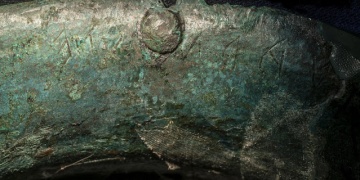
7 Letters found inside 2.400-year-old Etruscan Helmet: HARN STE
The words HARN STE engraved in the neck roll of the helmet could indicate the place of origin of the first owner, perhaps the town of Aharnam, the current Civitella d'Arna, near Perugia

The words HARN STE engraved in the neck roll of the helmet could indicate the place of origin of the first owner, perhaps the town of Aharnam, the current Civitella d'Arna, near Perugia
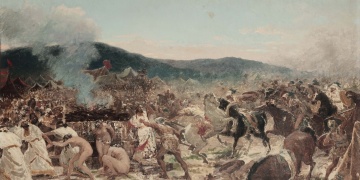
Study titled "Isotopic evidence for geographical heterogeneity in ancient Greek military forces" demonstrates the power of archaeological remains to test the claims of historical texts and reveals a potential bias in ancient writings. Archaeological…
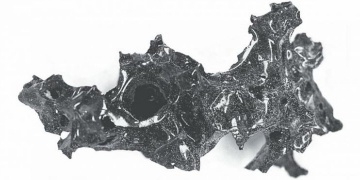
The remains of a man lying on a wooden bed were discovered at Herculaneum, closer to Vesuvius than Pompeii, in the 1960s. He is believed to have been the custodian of a place of worship, the Collegium Augustalium.
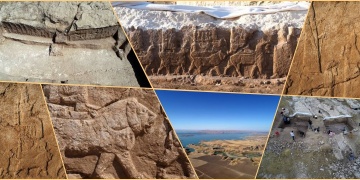
These are the results of the Kurdish-Italian Faida Archaeological Project, co-directed by Prof Daniele Morandi Bonacossi (University of Udine – Italy) and Assis. Prof Dr Hasan Ahmed Qasim (Directorate of Antiquities of Duhok – Kurdistan Region of…
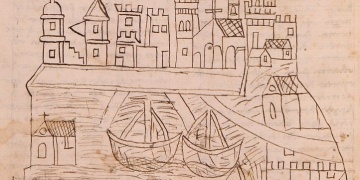
Oldest known city view of Venice discovered. Researcher Dr. Sandra Toffolo from the University of St Andrews has unearthed the oldest known city view of Venice, dating from the 14th century.

When statistically modelled, the length of time from the beginning of their reign until their death followed a set pattern, similar to that seen in reliability engineering, interdisciplinary research by Dr. Joseph Saleh, an Aerospace Engineer from…

The Alpine ice-patch sites of Tisenjoch, Schnidejoch and Loet- schenpass brought to light the most complete archery equipment known from European Prehistory.

120-year-old extinct Crimean lizard revealed by mitochondrial DNA: The western green lizard Lacerta bilineata was introduced to the Crimean Peninsula

Science reveals improvements in Roman building techniques
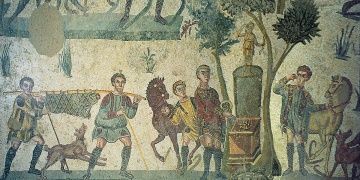
The art of the Roman deal
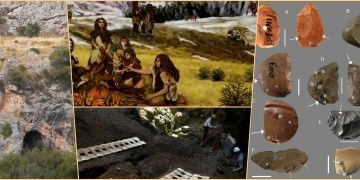
Neanderthals used resin 'glue' to craft their stone tools. Ethnographic evidence indicates that resin, which dries when exposed to air, is generally warmed by exposure to a small fire thus softened to be molded and pushed in position in the haft.
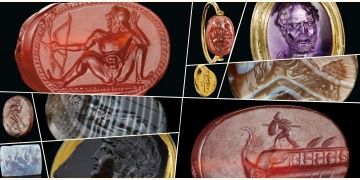
The great majority of the Sangiorgi gems were acquired before World War II, and many derive from notable earlier collections amassed by Lelio Pasqualini, the Boncompagni-Ludovisi family, the Duke of Marlborough, and Paul Arndt in Munich.
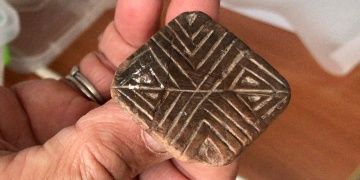
The seal - dating back to 7,000 BC - was uncovered in excavations at Yumuktepe Höyük, located four kilometers west of the city center.

'Vampire burial' reveals efforts to prevent child's return from grave. Dubbed the 'Vampire of Lugnano,' the child skeleton is being described as 'an anomaly within an already abnormal cemetery.